
Filter News
Area of Research
- (-) Energy Science (54)
- (-) National Security (19)
- (-) Neutron Science (19)
- Advanced Manufacturing (2)
- Biological Systems (1)
- Biology and Environment (28)
- Computational Biology (2)
- Computational Engineering (2)
- Computer Science (6)
- Electricity and Smart Grid (3)
- Functional Materials for Energy (1)
- Fusion and Fission (4)
- Isotope Development and Production (1)
- Isotopes (28)
- Materials (25)
- Materials for Computing (4)
- Nuclear Science and Technology (8)
- Quantum information Science (1)
- Sensors and Controls (1)
- Supercomputing (37)
News Topics
- (-) Biomedical (21)
- (-) Grid (43)
- (-) Isotopes (1)
- (-) Machine Learning (21)
- (-) Space Exploration (6)
- 3-D Printing/Advanced Manufacturing (85)
- Advanced Reactors (7)
- Artificial Intelligence (25)
- Big Data (13)
- Bioenergy (33)
- Biology (20)
- Biotechnology (6)
- Buildings (38)
- Chemical Sciences (17)
- Clean Water (10)
- Composites (18)
- Computer Science (50)
- Coronavirus (24)
- Critical Materials (9)
- Cybersecurity (25)
- Energy Storage (74)
- Environment (64)
- Exascale Computing (2)
- Fossil Energy (3)
- Frontier (3)
- Fusion (3)
- High-Performance Computing (12)
- Hydropower (3)
- Materials (47)
- Materials Science (49)
- Mathematics (3)
- Mercury (3)
- Microelectronics (1)
- Microscopy (10)
- Molten Salt (1)
- Nanotechnology (18)
- National Security (37)
- Neutron Science (121)
- Nuclear Energy (13)
- Partnerships (16)
- Physics (11)
- Polymers (12)
- Quantum Computing (1)
- Quantum Science (9)
- Security (16)
- Simulation (4)
- Statistics (1)
- Summit (10)
- Transportation (70)
Media Contacts

More than 50 current employees and recent retirees from ORNL received Department of Energy Secretary’s Honor Awards from Secretary Jennifer Granholm in January as part of project teams spanning the national laboratory system. The annual awards recognized 21 teams and three individuals for service and contributions to DOE’s mission and to the benefit of the nation.
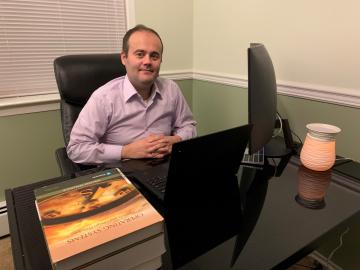
Having co-developed the power electronics behind ORNL’s compact, high-level wireless power technology for automobiles, Erdem Asa is looking to the skies to apply the same breakthrough to aviation.
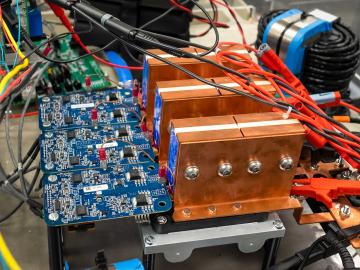
ORNL has licensed its wireless charging technology for electric vehicles to Brooklyn-based HEVO. The system provides the world’s highest power levels in the smallest package and could one day enable electric vehicles to be charged as they are driven at highway speeds.
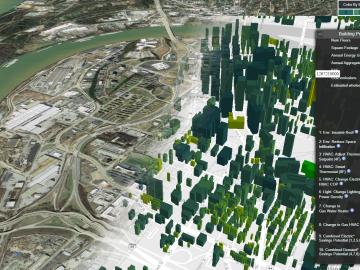
A new tool that simulates the energy profile of every building in America will give homeowners, utilities and companies a quick way to determine energy use and cost-effective retrofits that can reduce energy and carbon emissions.

A research team at Oak Ridge National Laboratory have 3D printed a thermal protection shield, or TPS, for a capsule that will launch with the Cygnus cargo spacecraft as part of the supply mission to the International Space Station.
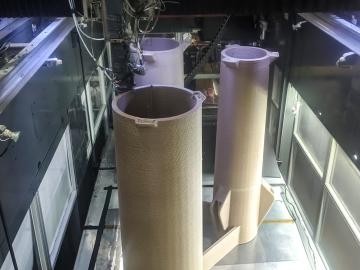
A team of researchers at Oak Ridge National Laboratory demonstrated the ability to additively manufacture power poles from bioderived and recycled materials, which could more quickly restore electricity after natural disasters.
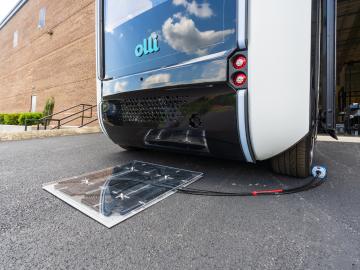
Oak Ridge National Laboratory researchers demonstrated their wireless charging technology on an autonomous electric vehicle for the first time in a project with Local Motors.

An ORNL-led team comprising researchers from multiple DOE national laboratories is using artificial intelligence and computational screening techniques – in combination with experimental validation – to identify and design five promising drug therapy approaches to target the SARS-CoV-2 virus.
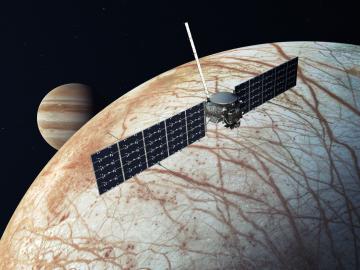
Researchers from NASA’s Jet Propulsion Laboratory and Oak Ridge National Laboratory successfully created amorphous ice, similar to ice in interstellar space and on icy worlds in our solar system. They documented that its disordered atomic behavior is unlike any ice on Earth.

Scientists have found new, unexpected behaviors when SARS-CoV-2 – the virus that causes COVID-19 – encounters drugs known as inhibitors, which bind to certain components of the virus and block its ability to reproduce.


